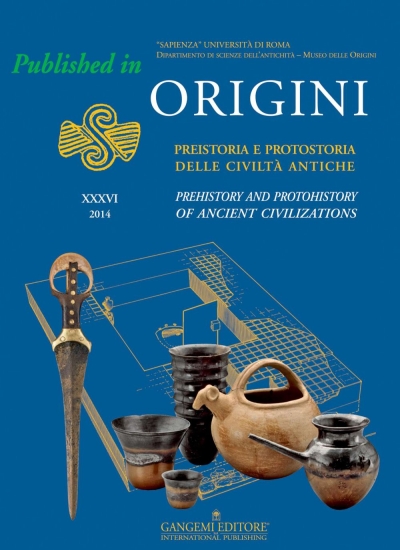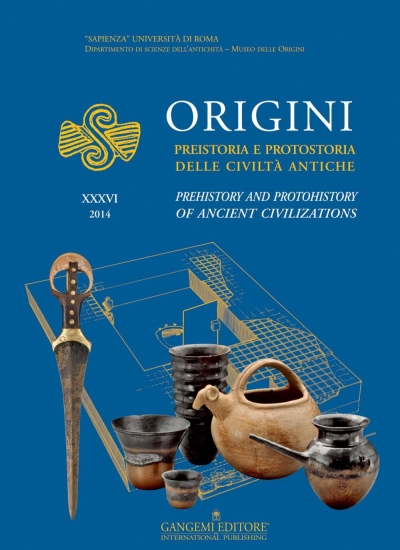Beschreibung
The Kura Araxes, a cultural tradition of the late 4thand 3rd millennia BC, has recently become a focus of international archaeological research. It was first discovered in the mountains of the Taurus and the South Caucasus. From near the beginning of the tradition evidence suggests that populations bearing some of its hallmarks, black-burnished, handmade pottery and a ritual of the hearth, spread out over a wide region of the Taurus, Zagros, and Caucasus Mountains, and as far south as the area of the Sea of Galilee in the southern Levant. Recent research has questioned whether the simple narrative of a discreet homeland and unassimilated migrants fairly describes the ancient reality. One of the key dependent variables used to trace the prehistory of the Kura Araxes cultural tradition is pottery. This article discusses the cultural meaning and interpretive use of pottery, but also the limits of pottery style alone to reconstruct prehistory. It adds previously unpublished material from Veli Sevin’s surveys in Malatya and Elazığ provinces to the larger database for study of the Kura Araxes.




